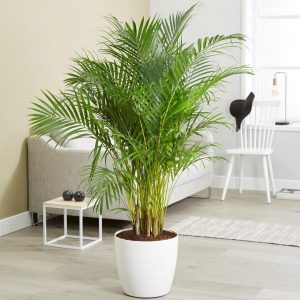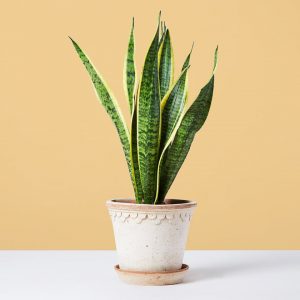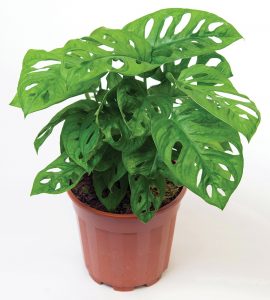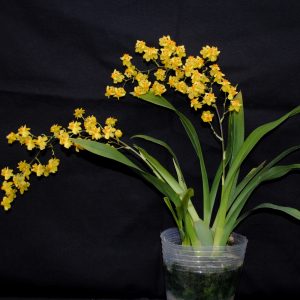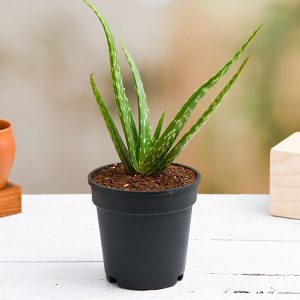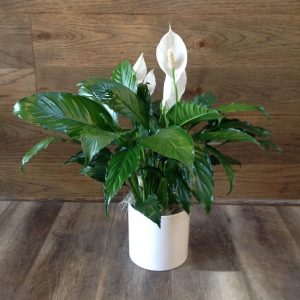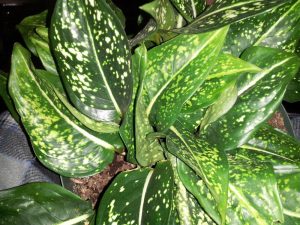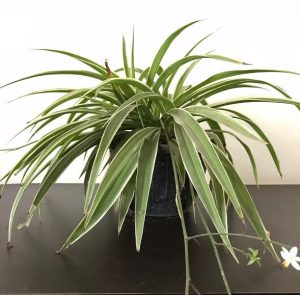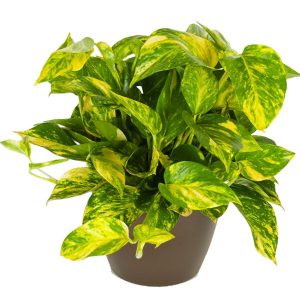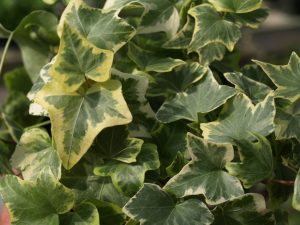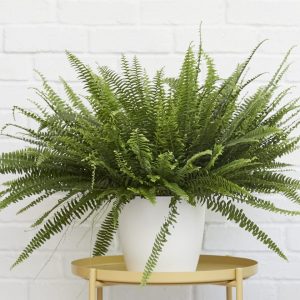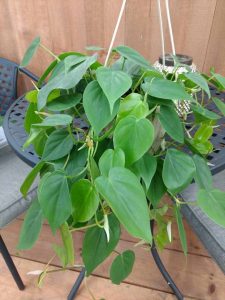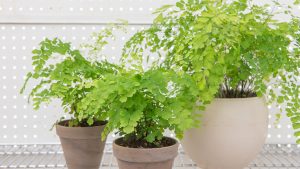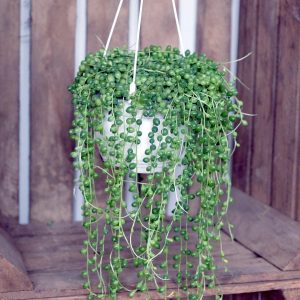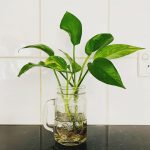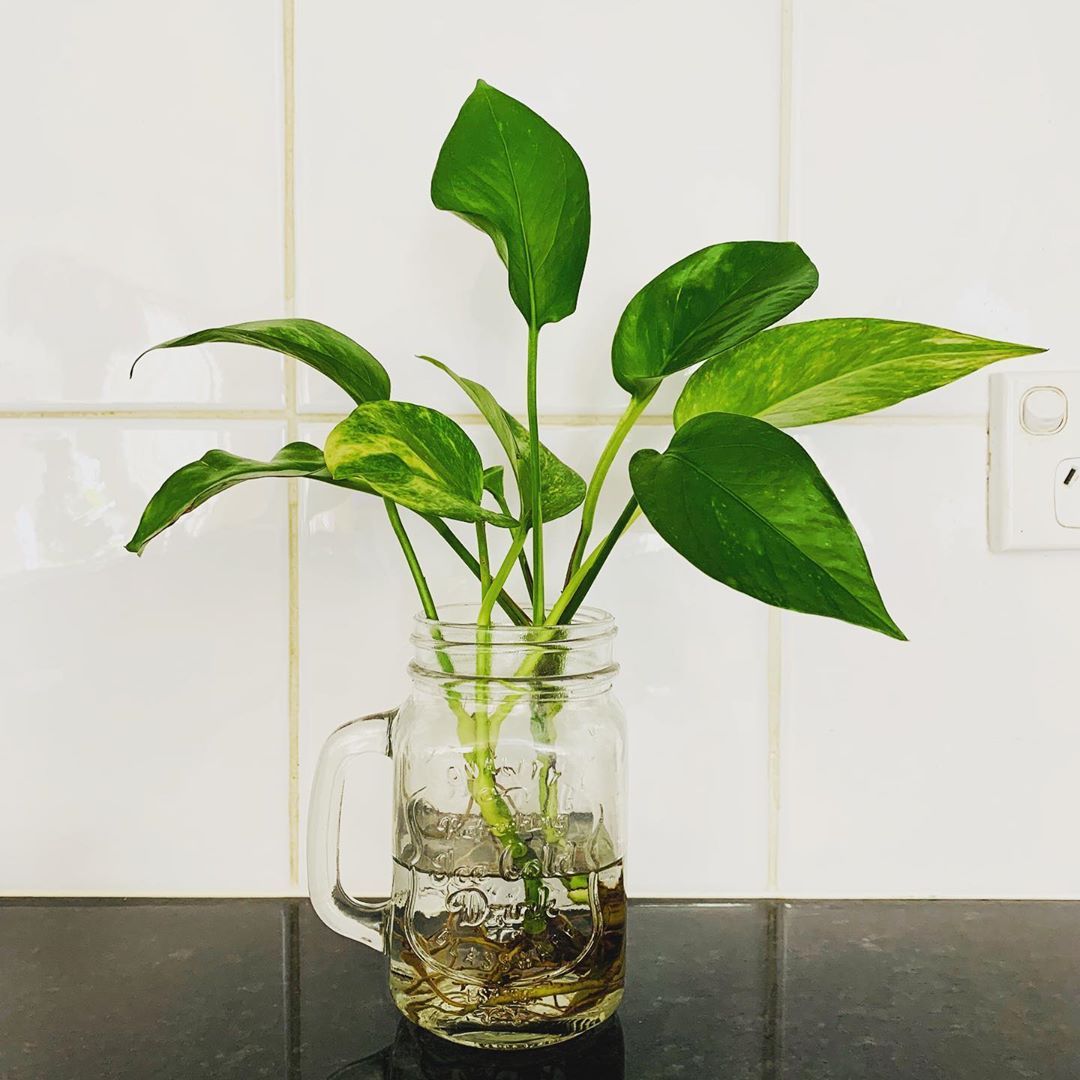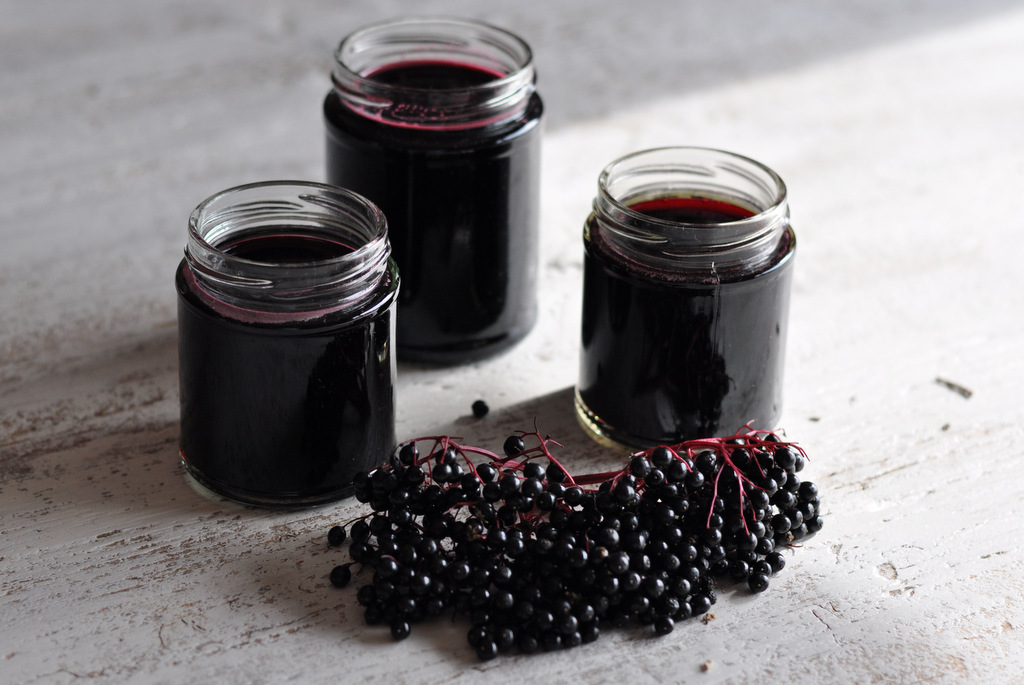14 Living Room Plants for a Slice of Nature in Your Interiors
Published on January 8th 2020 by Rajib Banerjee under Green Living Ideas,Plants
Plants are a unique way to shape up the aesthetic dimension of your home, especially the living room. A good way to bring in fresh air, positivity, and tranquility into the living room is to grow air-purifying plants that can effectively filter out the harmful toxins to boost the ambiance.
Placing plants in your living room can:
- Aesthetically style up the interior space economically.
- Enhance indoor air quality.
- De-stress and soothe your home environment.
Selecting the Best Living Room Plants Consistent with the Conditions in Your Indoor Space
Choosing plants for your home can be a tedious task, although many plants survive quite well in moderate to low-light conditions. It depends a lot on the position of the living room and its exposure to sunlight.
Now, if the living space gets the sunlight from the northern or eastern facing windows, the incoming light may be short-lived and unable to reach much inside the living zone. Thus in this scenario, you should grow such plants that prove to be effective in moderate to low light conditions.
While for a living room having southern and western sided windows, you should choose houseplants that can easily tolerate the bright sunlight and comparatively hotter conditions of the noontime. Thus, you can select succulents and cactus type of plants for this side.
Floor Plants for Living Room
Tall Plants
Big plants add natural grandeur and can deck up your living room in a way few others can.
1. Areca Palm
Also known as butterfly palm or golden cane palm, it is the most popular indoor plant featuring long fuzzy leaves bending upwards in stalks replicating the wings of a butterfly. The height of this plant can reach around 6 to 8 feet if placed in an indoor place. The efficient air humidifier absorbs harmful chemicals from the air, helps in minimizing heart-related diseases, and improves the central nervous system.
Plant Care: This palm requires bright and indirect sunlight. Watering should be done regularly to keep the well-drained soil moist during the summer and spring season. But, in the winter and autumn season, the soil should be let to dry out in between waterings.
Best Place to Keep: South-eastern and western side.
2. Snake Plant
It is one of the most common and toughest houseplants that is also known as the viper’s bowstring and mother-in-law’s tongue. This low-maintenance, air purifying plant can be between 3 to 8 feet tall and 6 inches to 3 feet wide. The unique sword-like leaves provide architectural splendor for your indoor space. Further, this plant can boost up the positive vibes in the living zone, by bringing in good chi and beneficial feng shui energy.
Plant Care: Indirect, filtered light is ideal for this plant though it can withstand extreme low light conditions. Water should be given only when the soil is arid, and even less in winter. To remove dust from the leaves, you can wipe them with a wet cloth.
Best Place to Keep: Eastern, southern, and south-eastern side.
3. Swiss Cheese Plant
Commonly known as monstera or the split-leaf philodendron, it is an ornamental vine that can reach about 6 to nearly 10 feet in height. It acts as an excellent humidifier for your house.
Plant Care: This plant can withstand low light conditions, but proliferates better in bright indirect light. As it is a drought-tolerant plant, so once a week, watering is needed. But the well-drained soil must be let to dry out totally before re-watering. You can occasionally mist the leaves with water to retain its shine.
Best Place to Keep: You can keep this plant anywhere in the living room that maintains adequate levels of light and humidity.
4. Oncidium Orchid
Commonly known as the dancing lady orchids, these generate attractive bending stems of ornamental blossoms in mainly yellow color, apart from white, brown, pink, orange, and red. The flowering season is mostly from autumn to the winter season. These natural air purifiers usually grow nearly up to 10 feet tall and spreading close to 2 feet.
Plant Care: This plant proliferates well in bright indirect or artificial light, such as LED light. Water can be given in about 5 to 7 days, at the time when the soil mix is beginning to dry out.
Best Place to Keep: East and west-sided windows.
Small Plants
If you are tight on space or like minimalistic décor, small living room plants could be your best bet.
5. Aloe Vera
It is a succulent variety of herbs originating from the cactus family of plants. The gel from its leaves is a powerful remedy to minor cuts and burns. The height of this plant can be between 1 to 2 feet. As these plants absorb high quantities of harmful toxins from the air, their leaves may show up with brown spots.
Plant Care: The plant needs bright indirect sunlight. Water should be provided thoroughly, but the soil should be let to dry out completely before watering it again. At least one drainage hole should be provided in the container to let the excess water drain out.
Best Place to Keep: South, and west side, although south-facing windows are the best for this plant.
6. Peace Lily
The perennial plant with bright green elliptical leaves produces clusters of bulging white flowers on erect stalks in the spring season. The average height and width of this plant are about 3 feet. This air purifier plant effectively removes harmful toxins from the air.
Plant Care: This plant prefers to be in bright filtered light, especially in the summer and spring months, for its best growth. While, in the autumn and winter months, low to moderate light is needed. Water should be given with purified water instead of tap water, as this plant is sensitive to fluoride, causing the leaves to turn brown. Keep the soil moist avoiding overwatering.
Best Place to Keep: Northern or western side windows.
7. Spotted Evergreen
Commonly known as the Chinese evergreen, this variegated herb is of an ornamental variety. It comes to be around 1 to 3 feet in height and width. The leaves are covered with silver specks and are considered lucky, according to the Feng shui experts. So, it is a favorite choice for the living room.
Plant Care: This plant prefers to be in a shaded spot. Water should be given daily in the summer months to maintain the moisture of the well-drained soil, with occasional misting to enhance the humidity level. During the winter season, watering can be reduced, but the plant should not be let to dry out completely.
Best Place to Keep: You can keep the plant anywhere in the living room, but the conditions should be damp and warmer.
Hanging Indoor Plants for Living Room
1. Spider Plant
It is one of the most flexible houseplants to be grown indoors. This herb is also known as the airplane plants, featuring bending clusters of grass-like foliages, which are the rhizomatic roots spreading outwards and trailing down from the main plant like little spiders webbing their way. Again, these baby plantlets grow its shoots with tiny white blossoms developing into more drooping spiderettes.
Plant Care: The plant prefers to be in indirect sunlight. As this plant is susceptible to fluoride, distilled water should be given twice a week to keep the well-drained soil moist. You can mist daily to deter the bugs. Overwatering should be avoided, or else the roots might decay.
Best Place to Keep: South-facing windows.
2. Golden Pothos
Generally known as the money plant, devil’s ivy, and the sweetheart vine, this is one of the most favored living room plants since it effectively filters out harmful toxins from the air. The heart-shaped leaves are glossy and deep green, variegated and faded green, yellow or white. Being one of the easiest houseplants to grow, it creeps and dangles from hanging baskets, showcasing a complementary natural cover for the living zone.
Plant Care: It prefers bright, filtered light, but it can also survive low-light conditions and dark corners. Water should be given every week during the spring and summer months to keep the soil moist, but you should let the top 1-inch of the soil to dry out before re-watering. During the autumn and winter months, you can water the plant every ten days.
Best Place to Keep: Feng shui experts recommend to place this plant in the south-east direction of the living room.
3. English Ivy
Sometimes known as the common ivy, it is a fast-growing perennial ornamental vine creeping and climbing upwards. The houseplant has evergreen woody stems.
Plant Care: This plant prefers to be in bright, filtered to low light conditions. Water should be given regularly, mainly during the growing season, to keep the soil moist. For removing dust and pests, water sprays once a week can be given.
Best Place to Keep: North, east, or the west windows.
4. Boston Fern
Also known as the sword fern, it is one of the most suitable plants to be grown in the living space. It features fuzzy green foliages dangling outside a hanging basket proliferating about 4 feet in height while spreading around 5 feet.
Plant Care: This plant requires bright filtered light during the autumn and winter season. While in the spring and summer months, it should be kept in semi-shaded areas. Room temperature water should be given two times a week in the winter months, while daily in the summer season, to maintain moist soil. Besides, you can also mist the plant daily with water for maintaining the required humidity.
Best Place to Keep: This plant should be kept near the windows on any side.
5. Heartleaf Philodendron
This plant is also known as the sweetheart plant due to its unique heart-shaped leaves. It is one of the most popular evergreen vines and a fast-growing climbing houseplant. However, as the entire plant is toxic, so it is better to keep it hanging. When it is grown from a hanging planter, it trails downwards, decorating the surrounding space with its vibrancy.
Plant Care: This plant requires bright, filtered light; however, it can thrive in moderate to low-light conditions inside our room. In spring and summer months, you should provide water every two days to keep the soil moist. Moreover, during this season, you should also mist their leaves regularly. While, in autumn and winter months, the frequency of misting should be reduced to every three to four days, with the top half-inch of the soil to dry out before re-watering.
Best Place to Keep: South-east and west-facing window.
6. Maidenhair Fern
It is one of the best plants which can be aesthetically matched with the decoration of the living space. These plants are ideal for growing as corner plants trailing downwards in your living space.
Plant Care: This plant prefers to grow in partial to full shade conditions. Water can be given once every three days to keep the soil adequately moist. But overwatering should be avoided, or else the roots and stem will start decaying. Regular pruning of the plant will help it to grow thicker and compact.
Best Place to Keep: In the shady corners, where the light reaches the least.
7. String-of-Pearls
Commonly known as string-of-beds, or the necklace plant, it is a succulent with round ornamental leaves or pearls looking like peas. The drought-tolerant plant holds enough water in its pea-shaped pearls. The perennial vine looks fantastic in hanging planters as it creeps and trails downwards, showcasing a Bohemian style of décor. The plant produces some pale white blossoms smelling like cinnamon.
Plant Care: This plant prefers to be in a filtered, brightly lit areas. Water can be given with a gap of two weeks, but you should remember to let the soil dry out totally between the watering periods. Occasional water misting can be provided once in a week, to aid the small pearls to proliferate.
Best Place to Keep: In the summer season, south or west-sided windows, while in the same direction in the winter months, but around five-feet away from the windows.
Thus you can select and place these houseplants according to their suitable growing locations in your living space. These distinctive plants are the best natural stress busters that uplift the mood and reduce blood pressure levels by bringing a sense of optimism and calmness inside our rooms. They also reduce the risks of illness, as they act as mini oxygen factories. Moreover, they help to relax and enhance our concentration and memory.
Popular
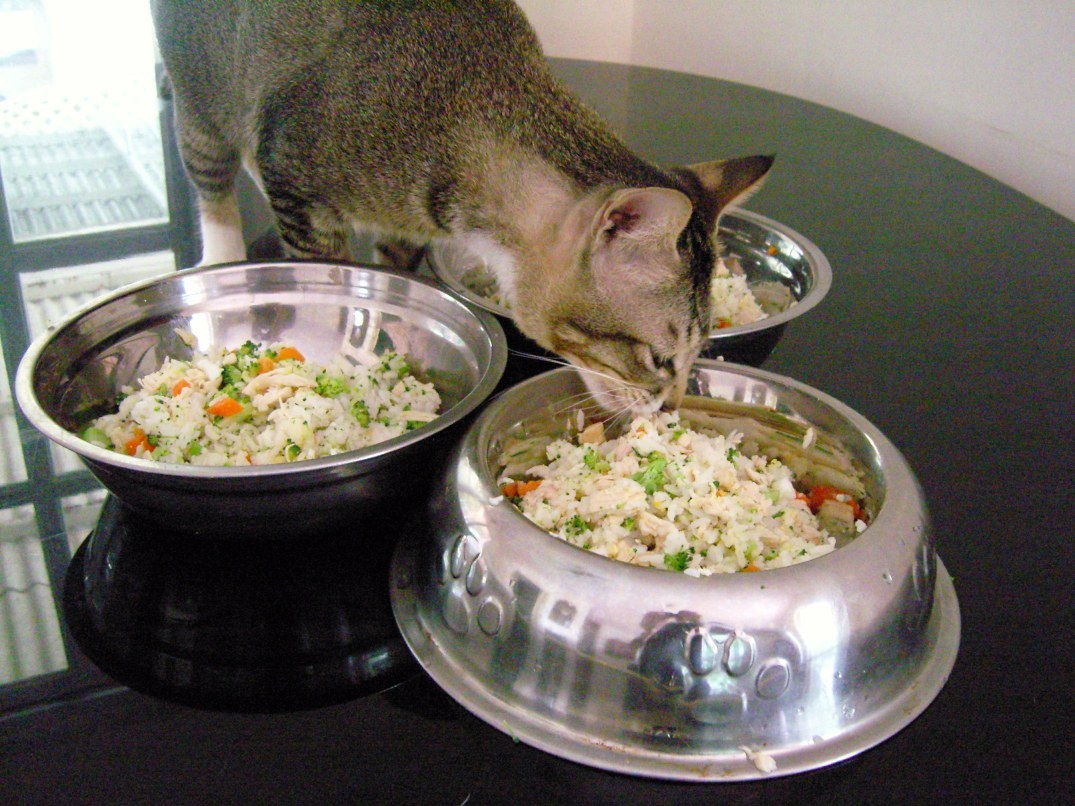 DIY: Healthy Homemade Cat Food Recipes
DIY: Healthy Homemade Cat Food Recipes
Give occasional treats to your loving pet cat with the best nutritious homemade dishes, rather […]
 How to Lighten Hair Naturally
How to Lighten Hair Naturally
Best homemade recipes for making your own natural hair lighteners! Try making your own hair […]
 9 Best Homemade Natural Mouthwash Recipes
9 Best Homemade Natural Mouthwash Recipes
Smile more; talk more to your friends confidently trying these mouthwash recipes! Bad breath is […]
Prepare your own tooth powder at home for healthy gums and teeth. The recipes given […]
As the name suggests, wool dryer balls serve the same purpose as plastic PVC or […]

